Unveiling the Wonders of the Bubble Nebula
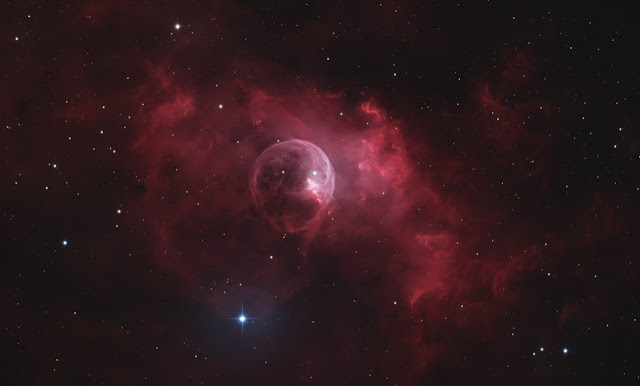 |
| NGC 7635 - The Bubble Nebula processed by Brian Puhl from image data acquired on Insight Observatory's CDK500 remote telescope located in Spain (AFIL-7). |
NGC 7635, commonly known as the Bubble Nebula, is one of the most fascinating and visually striking objects in our night sky. Situated in the constellation Cassiopeia, this celestial wonder is a massive emission nebula, and its nickname is derived from its distinctive bubble-like appearance. The Bubble Nebula is particularly renowned for its unique characteristics, which have captivated the curiosity of astronomers and stargazers alike.
One of the most distinctive features of the Bubble Nebula is the enormous, nearly spherical shell of gas and dust that envelops a central, massive star named BD+60°2522. This star's intense ultraviolet radiation ionizes the surrounding hydrogen gas, causing it to emit a brilliant red glow, typical of emission nebulae. The expanding shell of the Bubble Nebula, created by the powerful solar winds from BD+60°2522, gives it its characteristic bubble shape. It's estimated that the central star is about 45 times more massive than our Sun.
Astronomers have learned much about the Bubble Nebula through detailed observations and analysis. They have used various telescopes and imaging techniques to study the complex interplay of radiation, gravity, and stellar winds within this unique structure. By examining the Bubble Nebula, scientists have gained valuable insights into the birth and evolution of massive stars and the impact they have on their surroundings. It serves as a natural laboratory for studying the feedback mechanisms involved in the formation of stars and the influence they have on the surrounding interstellar medium.
Moreover, the Bubble Nebula showcases the intricate dance between the intense radiation from BD+60°2522 and the surrounding material. This interaction has enabled astronomers to gain a deeper understanding of the processes of ionization, photoevaporation, and shock fronts in the cosmos. Such studies have broader implications for comprehending the life cycles of stars, the dispersal of elements in space, and the creation of new celestial objects. The Bubble Nebula is not only a mesmerizing sight in the night sky but also a valuable source of knowledge for astronomers seeking to unravel the mysteries of the universe.

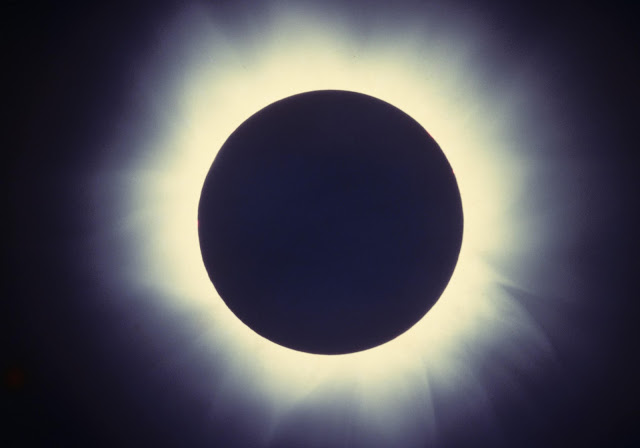
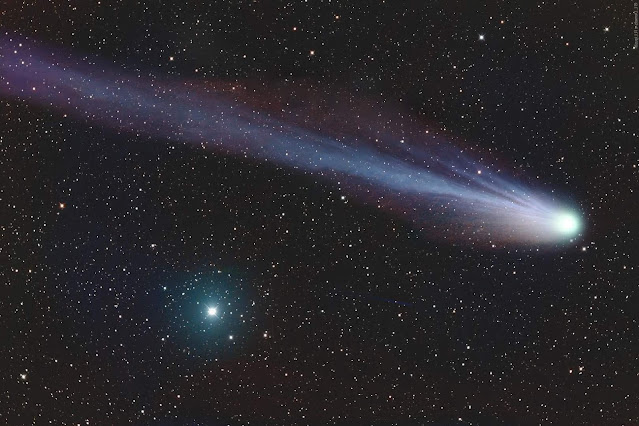

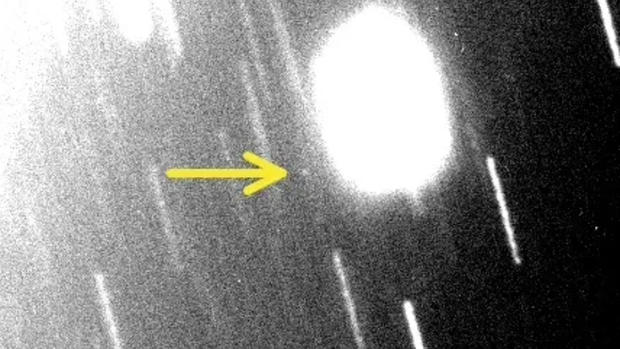


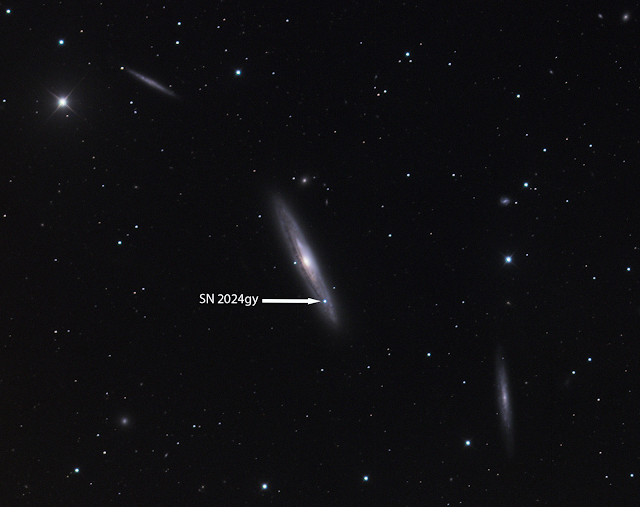
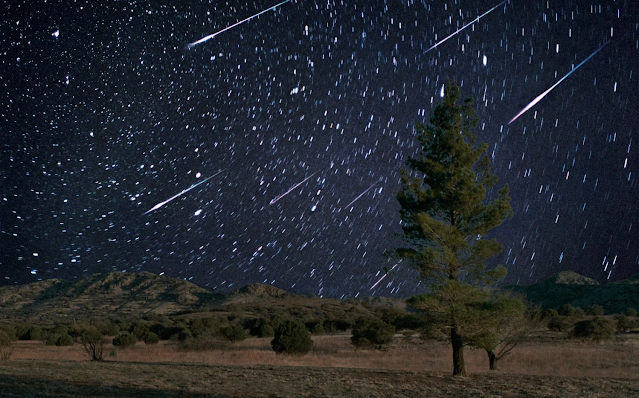
Comments
Post a Comment